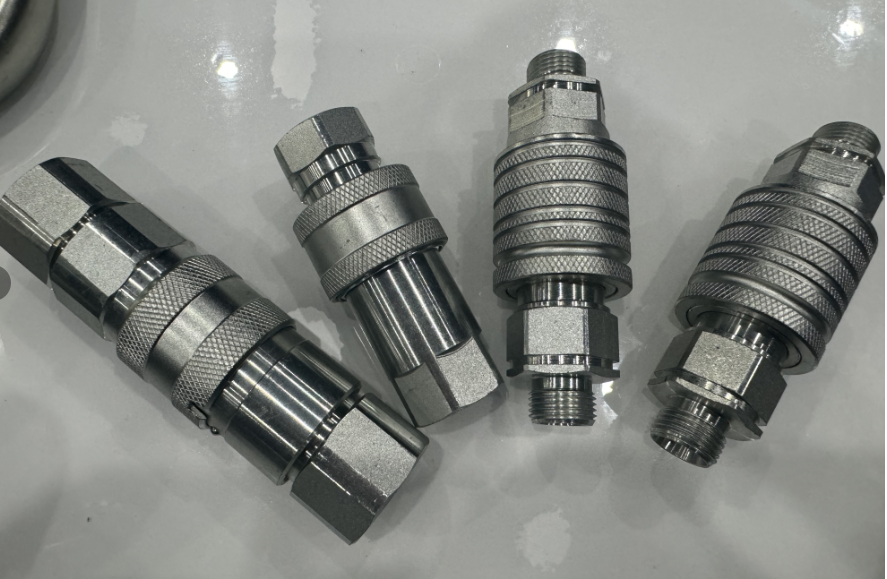This guide will teach you everything you need to know about pressure washer hose fittings, couplers and adapters.
Types
Hose Fittings,Couplers, Adapters
fittingss, connectors, and adapters can be thought of as the same thing. Sometimes a website will refer to an entire category of connectors as accessories, and then specific types of accessories as couplers or adapters or decelerators. But it’s confusing, and we’re not going to do that here.
However, we will talk about quick couplings and swivel fittings separate.
Quick Couplings (QC) Fittings
Quick couplings turn the screw to connect the quick connect/release, so that the work of connecting and disconnecting the hose is quick and convenient.

Female quick couplings hose fittings (sometimes called sockets) have an o-ring to prevent leaks. The male side (the bottom one in the picture) are sometimes called the plug.
Swivel
When you first step out of the hose, the Swivels will stop the hose from twisting and help you unscrew it.

It works by allowing the hose to swivel (spinning) without requiring you to twist the airbrush and extension stick in a large circle. You just walk out and the gun spins as you walk. This is the kind of device that can’t be pressure-washed once it’s been tried.
Materials for making fittings
- It must be strong enough to withstand 1,000-4,000 Proliferation Security Initiative over (most likely) thousands of cycles
- It needs to be securely connected to the parts rather than broken, despite constant dragging of the user
- It needs to be corrosion resistant because of the water inside it
- They must be cheap enough to make them profitable commercial products.
Brass and stainless steel are the most common material used in pressure washer hose fittings.
Brass is the most common. Then there is plastic (there are many electric washing machines on the market) . Then there is stainless steel (very common in professional fields because of its chemical resistance) .
Post time: Aug-22-2024
